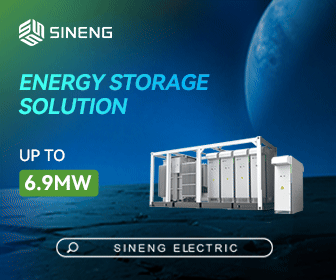Data Reveals: America’s EV Charging Deserts
Electric vehicles are surging in popularity across the United States, but in many places, the infrastructure needed to support this transition is lagging dangerously behind. While sales of EVs, hybrids, and plug-in hybrids have risen steadily year over year, public charging availability has not kept pace. The result is EV “charging deserts”: regions where demand for electric vehicles has far outstripped the supply of public chargers.
By mapping EV registration data against public charging infrastructure, Wolf River Electric has pinpointed the areas most in need of investment to meet current demand and prepare for the next wave of EV drivers.
US Overview: EVs Outpacing Chargers
From 2018 to 2023, the US saw explosive growth in electric vehicle registrations. But the number of public charging outlets, particularly Level 2 and DC fast chargers, hasn’t kept up. The national average EV-to-charger ratio has climbed, meaning more EVs per charger, leading to longer waits and more competition for plug-in time.
The Top 5 U.S. Charging Deserts (2023)
These states have the highest number of EVs per public charging outlet:
- New Jersey – 36.21 EVs per charger
- Hawaii – 29.77
- Illinois – 28.38
- Texas – 26.64
- Washington – 26.15
You may view the full data set here.
High demand for electric vehicles paired with a limited supply of public charging stations creates a serious bottleneck in the EV adoption curve. As more drivers make the switch to electric, the lack of accessible charging points leads to longer wait times, range anxiety, and regional disparities. Without rapid infrastructure expansion, this imbalance threatens to stall progress toward a greener transportation future.
Where Infrastructure Is Strong
Some states have stayed ahead of the curve with better ratios:
- Wyoming – 4.37 EVs per charger
- North Dakota – 4.78
- West Virginia – 6.28
- Mississippi – 6.53
- Maine – 6.83
Notably, Wyoming leads in fast DC charging accessibility, too, with just 10.19 EVs per fast charger.
Biggest Growth Gaps
These states saw the sharpest increases in EV-to-charger ratios between 2019 and 2023:
- Texas – +18.83
- Illinois – +18.65
- New Jersey – +18.32
- Hawaii – +17.45
- Florida – +17.06
This widening gap indicates rapid EV adoption outpacing infrastructure growth.
The promise of a clean-energy future can’t be fulfilled without addressing charging equity. As more consumers embrace EVs, the strain on limited charging networks will grow, particularly in high-density areas and underserved regions.
“As EV adoption accelerates, the data highlights an urgent infrastructure dilemma: demand is outpacing supply in many parts of the country, especially in urban and suburban regions that weren’t originally designed with mass EV adoption in mind. High EV-to-charger ratios don’t just mean longer wait times. They can also discourage potential buyers from making the switch, particularly those who don’t have access to at-home charging.
What’s especially concerning is the disparity between states. While places like Wyoming and North Dakota show strong charger-to-EV ratios, likely due to proactive rural infrastructure planning or lower population densities, large and populous states like Texas, New Jersey, and Illinois are seeing a sharp increase in vehicle-to-charger imbalances. This trend signals a looming bottleneck as more EVs hit the road without a corresponding rise in fast-charging infrastructure.
If we want to future-proof America’s EV revolution, the next phase of investment must focus on accessibility and equitable distribution of chargers. That means prioritizing high-demand areas where drivers are underserved today, and preparing rural and suburban communities where growth is imminent. Without this, we risk slowing down one of the most promising transitions in transportation history,” says Clean Energy Expert, Justin Nielsen from Wolf River Electric.
With the EV market gaining momentum and federal incentives pushing adoption even further, solving the public charging gap is no longer a future concern, but a present challenge. This story offers a data-driven lens on where infrastructure is falling behind, where it’s working well, and what it will take to support the next wave of EV drivers.
Wolf River Electric | https://wolfriverelectric.com/









